Ready to start a big DIY project? The first step is often the most difficult: choosing the necessary tools. For many do-it-yourselfers, sander selection can be particularly tricky. Should you choose a belt sander or an orbital sander for your project? Our ultimate guide has all the information you need to make an informed decision quickly and confidently. Read on to learn more about the differences between these two sanders and which might be best for you.
What is a Belt Sander
It has a sandpaper belt attached to two rotating drums. As the belt moves along the drum, it grinds away at material surfaces. Belt sanders come in various sizes and styles and can be handheld or stationary models. Different sized belts are available for various tasks such as heavy-duty sanding or light finishing work.
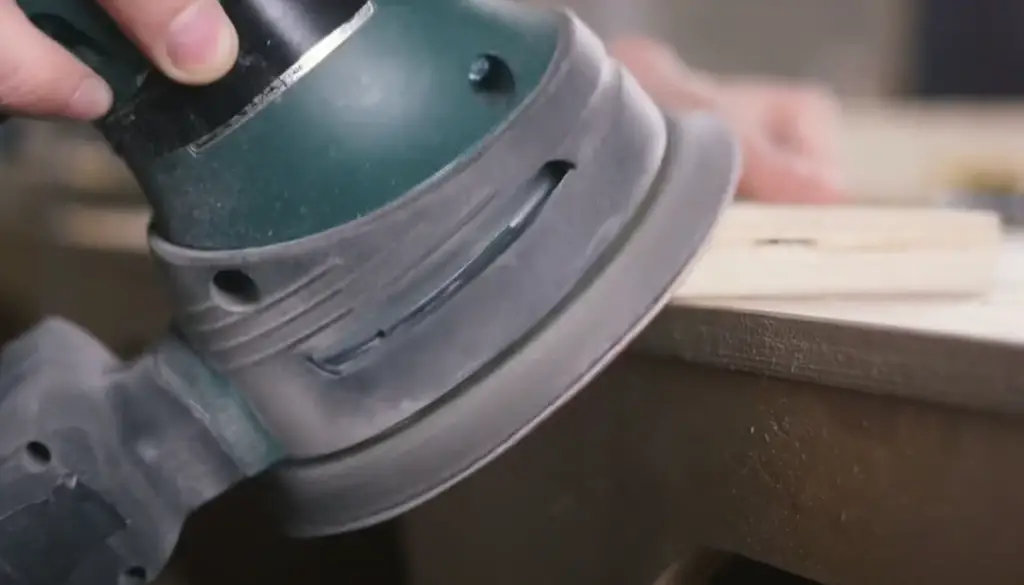
They are often used for large scale projects like furniture making, floor refinishing, boat building, automotive repair/restoration, and more. Belt sanders offer excellent control over the direction of force being applied to the surface while providing very quick results compared to hand sanding methods. Additionally, belt sanders can be used to quickly remove material from large surfaces in a fraction of the time it would take with hand tools. The disadvantage is that they tend to create more dust than other sanding methods and require additional safety precautions when operating.
When using a belt sander, it’s important to follow all safety instructions carefully and use proper protective equipment such as dust masks, ear protection, and eye protection. Additionally, working on a firm surface or stable workbench is essential for optimal control over the tool. It’s also important to make sure that you are using the right size and type of sandpaper/abrasive belt for your project as this can greatly affect the quality of results you get. Finally, it’s important to keep the tool clean and well maintained in order to extend its lifespan. Overall, belt sanders are an incredibly useful tool for DIY projects and professional woodworking alike. [1], [2], [3]
What is an Orbital Sander
An orbital sander is a power tool used for sanding down surfaces by abrasion with sandpaper. It consists of an electric motor that spins the abrasive in a circular motion, which gives the orbiter its name. The sander’s head moves in an oval pattern or orbit, instead of spinning in circles like other types of sanders. Orbital sanders are most commonly used to remove material from flat surfaces such as wood, plastic and metal, but they can also be used to smooth out edges and corners on different materials. They provide efficient stock removal and produce a better finish than many other tools such as belt sanders or drum sanders due to their low vibration and random orbital pattern. They come in various sizes from handheld models to larger stationary versions and are usually powered by electricity. The most popular types of orbital sanders use a hook-and-loop system for attaching the abrasive paper, but some still use traditional screw-on sandpaper.
When using an orbital sander, it is important to choose the right type and size based on the project at hand. It is also important to read the instructions carefully before operating the sander in order to avoid any potential safety hazards or damage to the workpiece. Additionally, safety glasses should always be worn when using this tool, along with protective hearing protection if necessary due to its loud operation. Besides general woodworking projects, orbital sanders can also be used for auto body repair, furniture refinishing and drywall finishing. They are an essential tool for any home workshop, as they provide a great deal of control and speed up the sanding process. [1], [2], [3]
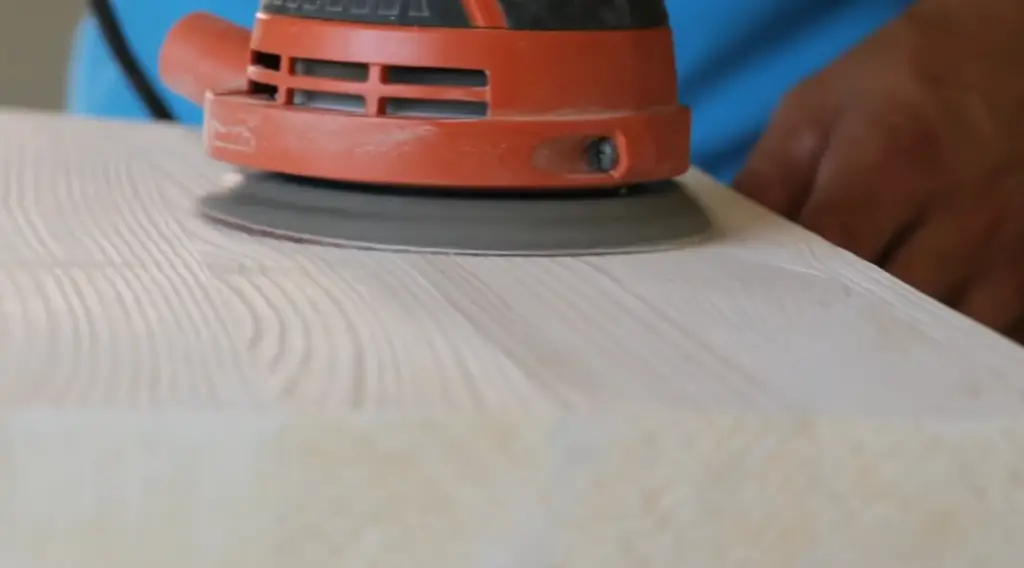
Comparison of Belt Sander and Orbital Sander
As you can see, belt sanders and orbital sand are both useful power tools that can be used for a wide range of projects. It’s important to be aware of the differences between them in order to choose the right one for your project. In this section, we will compare the two in order to give you a better understanding of which one is best for your needs.
Power
The power of a sander is an important factor that can directly affect the quality of your project. A powerful sander will help you achieve a high-quality finish, while a weaker one can leave your work looking uneven and unfinished.
For smaller projects like furniture refinishing or small craft pieces, a lower powered sander may be sufficient. However, if you are working on larger projects such as flooring or decking, then you need to use a more powerful sander to ensure that the job is done right. This is because strong sanders can remove bigger areas at once with greater accuracy and less effort than weaker models.
Between the two, belt sanders are generally more powerful than orbital sanders. This is because they use a continuous loop of abrasive material that can easily remove larger amounts of material in less time.
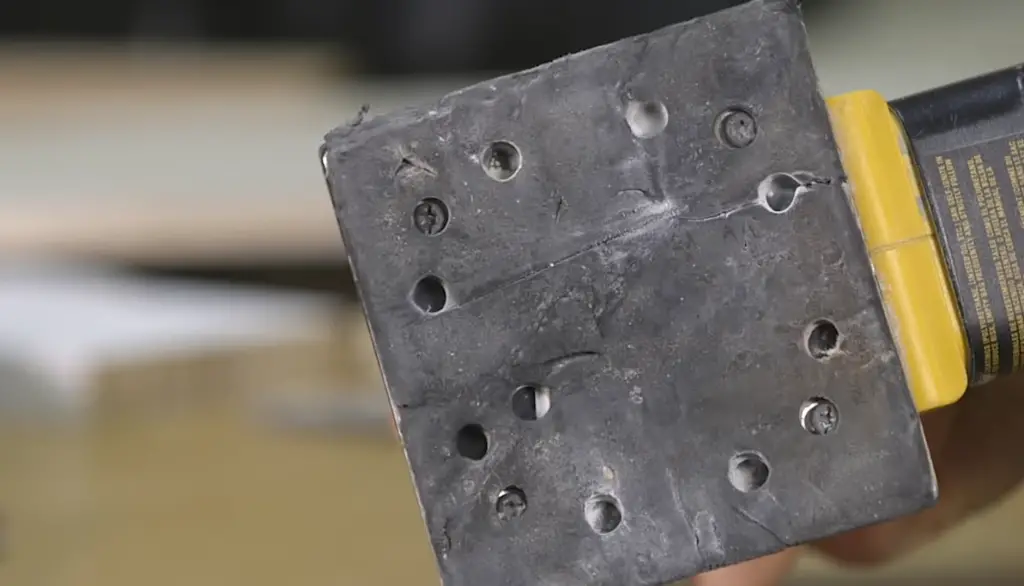
While orbital sanders are less powerful than belt sanders it doesn’t mean they are bad tools at all. Random orbit sanders provide even more control and precision then orbital sanders as they not only move in circles but also rotate randomly while doing so. This helps reduce swirl marks compared to other types of sander and makes it a great choice for fine-finishing jobs on delicate surfaces such as furniture or cabinets. Random orbit sanders can have motors ranging from 4-7 amps, giving them enough power to do the job without damaging the surface.
Speed
When it comes to sanding projects, speed is an important factor. Having the right sander can make all the difference in the quality of your work and how quickly you are able to complete it. With a faster sander, you can get through more material in less time, resulting in higher-quality results with fewer mistakes.
The type of sander should be selected based on the project at hand. A good rule of thumb is that heavier-duty sanders are better suited for larger jobs and faster speeds are better for smaller projects such as furniture refinishing or wood turning. Additionally, some tasks require very specific speeds that only certain types of sanders can provide.
Answering which one is faster is not as simple as both sanders use different measurement units. Belt sanders are usually measured in linear feet per minute (FPM) while orbital sanders are typically measured in orbits per minute (OPM). However, it is generally accepted that belt sanders have a higher speed than orbital sanders. They can reach speeds of up to 5,000 FPM and some models even reach 7500 FPM. On the other hand, most orbital sanders top out at around 3,000 OPM although there are some high-end models that reach 4,000 OPM or more.
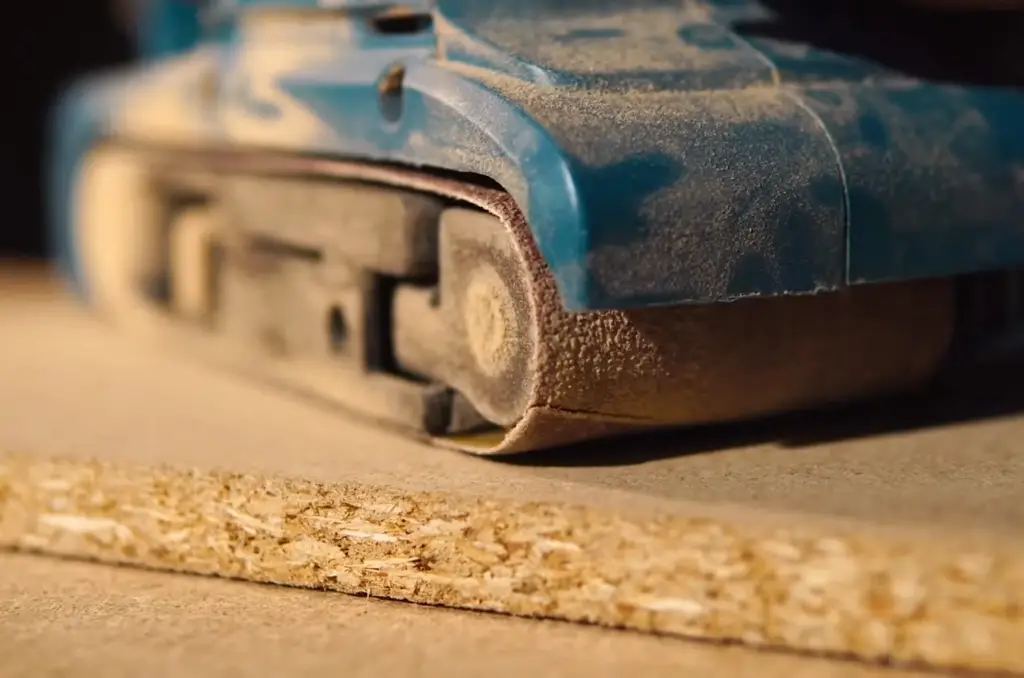
Accuracy
The importance of precision in a sander is paramount. When sanding, accuracy and finesse are essential to achieving the desired result. A sander that delivers precise results ensures smooth transitions between two surfaces or pieces of wood, and can be used for either cosmetic or functional purposes depending on the required outcome.
Accuracy also plays an important role when refinishing furniture or other woodworking projects. If a sander isn’t accurate enough, it can ruin the look of the piece, leaving noticeable marks or uneven edges. Furthermore, if a sander isn’t precise, it can lead to costly mistakes when working on delicate materials such as veneer or parquet flooring.
Between the two sanders, an orbital sander is known for its accuracy. Because it moves slowly and evenly, it can deliver precise results with minimal effort. A belt sander, on the other hand, has a tendency to vibrate more than a belt sander, which can cause problems when working on delicate pieces. Additionally, due to its random motion pattern, a belt sander may not always be as accurate as a belt sander in certain situations.
Dust collection
Another factor you shouldn’t forget is dust collection. Both belt sanders and orbital sanders generate a lot of dust, but they differ in terms of how much is collected by the tool itself.
This is a point where both sanders are equal as the actual dust system quality will depend on a specific model of the tool. Generally speaking, both belt sanders and orbital sanders come with efficient dust collection systems. However, some models are more effective than others. It’s also important to note that using a vacuum or shop-vac can make a huge difference in terms of keeping your workspace clean when using either type of sander.
Belt sanders however require more dust collection than an orbital sander due to the larger surface area being sanded. As a result, it’s important to make sure that your sander is equipped with a powerful dust collection system if you plan to use it for large scale projects.
Ease of use
Ease of use is one of the most important characteristics to consider when choosing a sander. A sander that is easy to use will result in greater efficiency, safety, and accuracy.
For starters, an easy-to-use sander ensures that users can complete their tasks quickly and safely. For instance, if the sander has an ergonomic handle or trigger switch that makes it comfortable to hold and operate, then users won’t have to worry about tiring out quickly while they are using the tool. Additionally, if the controls are intuitively placed on the device, then users won’t waste time trying to figure out how to make adjustments or change settings. This allows them to focus more on their work instead of fumbling with the sander itself.
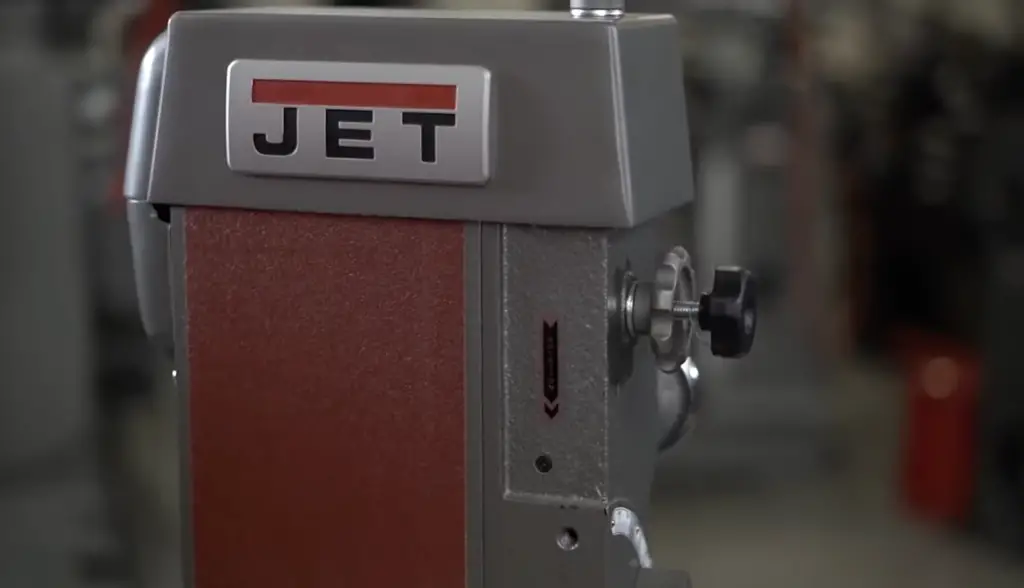
Moreover, an easy-to-use sander also ensures accurate and consistent results. Sanding is a precise task that requires skill and attention to detail. By providing users with clear instructions on how to use the device, they can ensure they are sanding correctly without wasting time or having to redo their work due to mistakes. Additionally, some sanders come with features such as dust collectors which make cleanup easier and help prevent accidental damage due to dust flying around when using the sander.
Now that we’ve discussed ease of use, let’s take a look at how the belt sander and orbital sander compare in this area.
The belt sander is usually considered to be the easier tool to use out of the two. It has a straightforward design with simple controls and an uncomplicated operating mechanism which makes it easy for new users to figure out quickly. Additionally, since it runs on a continuous loop, it is also very efficient at stock removal, making it ideal for removing material quickly and with minimal effort. However, due to its size and aggressive nature, it can be difficult to control if not used properly or if you are working on intricate detailing or small projects.
On the other hand, although using an orbital sander can take some time to get used to, it is generally easier to operate than a belt sander. This is because the blade moves in a random orbit which prevents deep grooves or marks from being made on the surface of your workpiece. In addition, its size and weight also make it more manageable for smaller projects and detailed work. However, as mentioned before, it does require skill and knowledge in order to achieve accurate results. [1], [2], [3]
Pros and Cons of Belt Sanders
Now that you know the differences between belt sanders and orbital sanders, here is a brief overview of the pros and cons associated with each, starting with belt sanders.
Pros:
Versatility
One of the biggest advantages of a belt sander is its versatility. This tool can be used to sand flat surfaces, as well as curved and irregular shapes. It can also be used to remove paint or varnish and prepare wood for staining or refinishing.
Power
The power of a belt sander makes it ideal for more aggressive tasks that require heavier materials removal over a larger area than an orbital sander. It is capable of removing large amounts of material quickly, making it suitable for jobs such as leveling out door jambs, decking boards, or other rough surfaces.
Resistance to overheating
Belt sanders are designed to handle large amounts of material removal without overheating, making them highly effective for extended periods of time. The powerful motor produces consistent speed and torque, allowing the user to maintain a constant rate of sanding with minimal effort.
Cons:
Price
Belt sanders are more expensive than orbital sanders, as they tend to be larger and require more powerful motors. This means that you’ll need to invest a bit more money upfront in order to get the desired results.
Maintenance
Belt sanders require more maintenance than orbital sanders, as they need to be regularly cleaned and lubricated in order to maintain optimal performance. Failure to do so can cause the sander to overheat or break down prematurely.
Dust issues
Belt sanders generate a lot of dust, which can be hazardous to your health if not properly contained or removed. You’ll need to use an appropriate dust collection system in order to prevent this from becoming an issue. [1], [2]
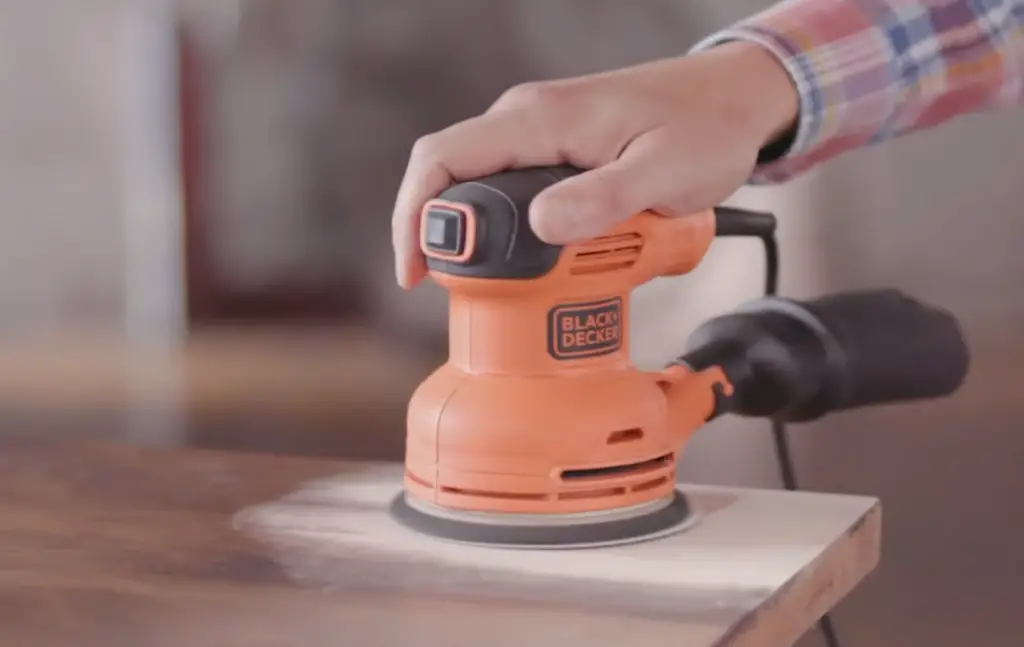
Pros and Cons of Orbital Sanders
Let’s discuss the pros and cons of orbital sanders.
Pros:
Versatility
Just like a belt sander, an orbital sander can be used for a variety of tasks. However, the major advantage of an orbital sander is its ability to tackle small jobs with precision and accuracy. This makes it ideal for sanding intricate parts or when fine finishing work is needed.
Accuracy
Orbital sanders are great for achieving a precise finish. They move in tiny circles, which helps to ensure that the surface remains smooth and even. This makes them ideal for delicate finishing tasks as well as sanding tight corners and edges.
Cons:
Limited power
One of the main drawbacks of orbital sanders is that they lack power compared to belt sanders. This means that they are not suitable for heavy-duty tasks such as stripping paint or removing rust. It also means that orbital sanders can take longer to complete a job than a belt sander.
Prone to overloading
Orbital sanders are also prone to overloading. This is because they move in small circles and can become bogged down if too much pressure is applied. To prevent this, it’s important to keep the surface flat using light pressure when sanding with an orbital sander.
Slow speed
Finally, the speed of an orbital sander is much slower than a belt sander. This can be a disadvantage in some situations, as it might take longer to finish a job. However, this can also be seen as an advantage because it helps to ensure that the surface remains smooth and even with minimal effort. [1], [2]
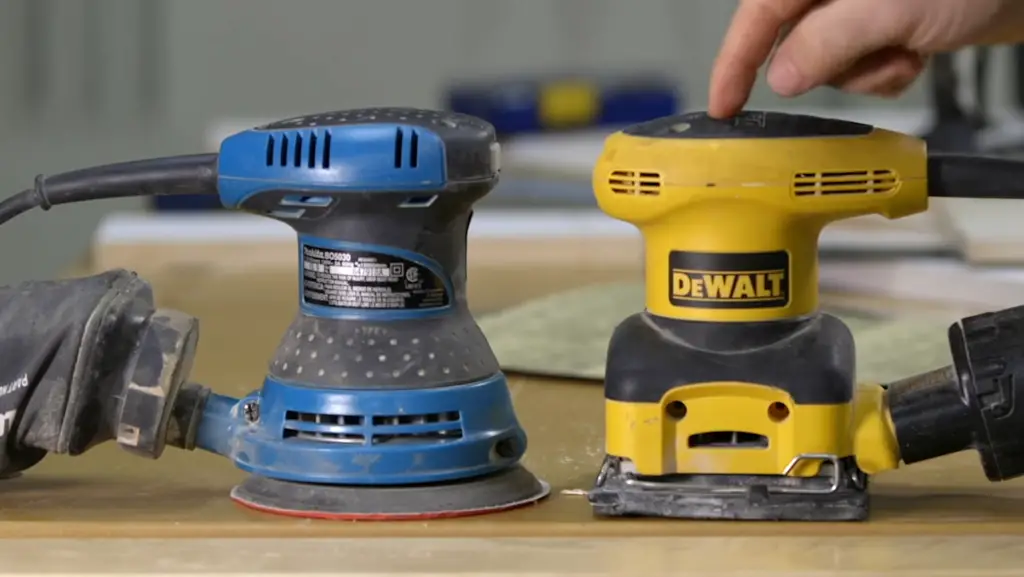
FAQ
Which is better: orbital sander or belt sander?
It depends on the task at hand. If you are looking for a powerful and fast way to remove material, then a belt sander is the better choice. It is more aggressive and can be used for shaping, contouring and flattening surfaces quickly. On the other hand, if you need an even finish with no gouges or scratches, then an orbital sander is better.
In general, it’s best to use both types of sanders depending on the task you are trying to accomplish; using one over the other may not always be the best solution. For a detailed breakdown, let’s take a look at the differences between a belt sander and an orbital sander in terms of power, speed and versatility.
What are the disadvantages of a belt sander?
The biggest disadvantage of belt sanders is that they can be difficult to control, particularly when used on an uneven surface. This can lead to scratches or gouges in the wood being worked on. Additionally, with a wide belt and powerful motor, it’s easy for users to remove too much material from the workpiece if they are not careful. Furthermore, dust generated from sanding can be a problem if suitable dust extraction equipment is not used. Lastly, price is often a factor when considering belt sanders, as they tend to be more expensive than orbital sanders.
What is the best way to use a sander?
The best way to use a sander depends on the type of project you are working on. For instance, a belt sander is great for quickly removing material from large flat surfaces and contours. However, orbital sanders are better suited for finishing work because they produce a much smoother finish due to their random orbit action.
When using either type of sander, it’s important to keep the speed at an appropriate level and use proper technique in order to get the best results possible without risking damage to your project or yourself. Always make sure that your sander is set up correctly before using it and ensure that you have adequate ventilation while sanding as some dust particles can be hazardous when inhaled. Additionally, always wear appropriate safety gear such as face masks and goggles to protect yourself from flying debris.
Which type of sander is best?
The best type of sander depends on the project and the surface you’re working with. In general, belt sanders are great for heavier materials such as wood that have large flat surfaces. Orbital sanders work well on fine finishes like paint or varnish, while random orbital sanders are a good all-around option for most projects and surfaces. For detailed woodworking projects, a palm sander can provide more control than larger models. Ultimately, it’s best to use multiple types of sanders depending on the specific task at hand. It’s also important to consider safety when using any type of power tool; always wear proper safety gear and consult the user manual for instructions on how to properly use each tool.
What type of sander will give the best finish and why?
The type of sander that will give the best finish depends on what type of material you are sanding and the desired result. Generally speaking, belt sanders provide a great finish on hard, flat surfaces such as wood and metal. They are fast and can provide a smooth finish with minimal effort. For large areas that require more precision, random orbital sanders offer the best results. They spin in small circles while vibrating. This eliminates most visible scratches and produces an even finish.
For finer details and delicate projects, palm sanders are ideal. They have small contoured edges that allow you to get into tight corners and curves which makes them great for detailed work like finishing furniture or sculptures.
No matter what type of sander you choose, it is important to use the right grit size paper for the job at hand as this will help you achieve a better finish. Start with a lower grit level to remove large imperfections and then gradually work your way up to a finer grit for a smooth finish. Taking your time with the sanding process and using the right tools will help you achieve the best results.
Useful Video: Orbital Sander vs Belt Sander: Which Electric Sander is Best?
Conclusion
Sanders are versatile tools that can be used in a variety of ways. Both belt sanders and orbital sanders have their advantages and disadvantages, so it’s important to consider the type of job you’re doing before choosing one over the other. Generally speaking, orbital sanders are best for smaller areas where precision and detail are important, while belt sanders are great for larger areas where you need to remove a lot of material in a short amount of time.
Ultimately, the best sander for you will depend on your particular needs and preferences. With this information in mind, we hope that you now have a better understanding of what to look for when choosing between a belt sander and an orbital sander.
No matter which sander you decide on, always wear protective clothing like dust masks and safety glasses when operating them. Make sure to read all instructions carefully before use and take regular breaks if needed. And by following these simple tips, you can ensure your projects are sanded to perfection.
Good luck, and happy sanding!
References
- https://www.bona.com/en-ca/professional/articles/belt-sander-vs-orbital-sander/
- https://mamaneedsaproject.com/belt-sander-vs-orbital-sander/
- https://www.electronicshub.org/belt-sander-vs-orbital-sander/






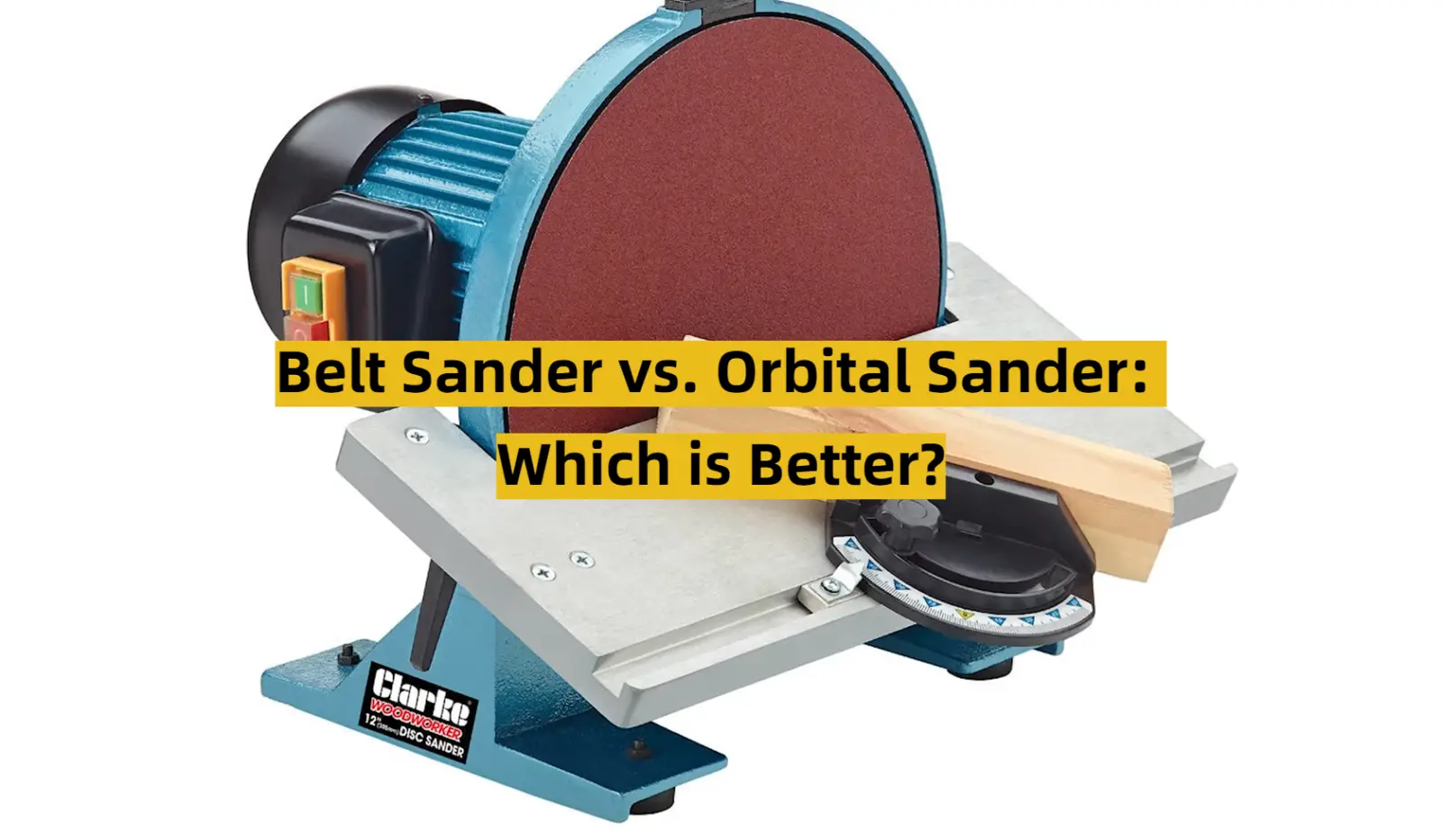




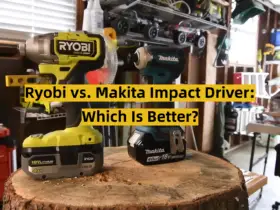
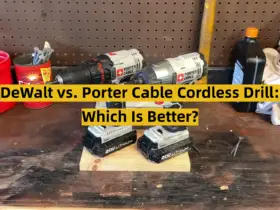
Leave a Reply